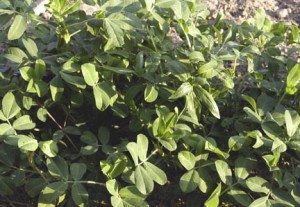Peanuts are a great addition to a home garden since they require minimal care and provide bountiful yields. If you’re looking to try something new in your garden this year, maybe it’s time to take a closer look at the potential of peanuts.
Home-grown peanuts offer lots of possibilities in the kitchen. Talk about peanut gallery! They can be roasted in their shells, ground into peanut butter or boiled for a traditional down-home Southern snack.
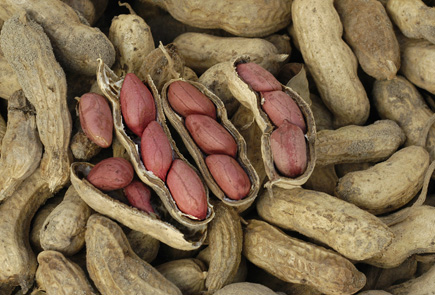
When you are selecting peanut seeds for planting, it’s helpful to keep in mind that there are four main types of peanuts. Virginia peanuts have the largest seeds, and are usually roasted in the shell and have a more gourmet quality. Runner peanuts typically have a uniform size and are the preferred choice for grinding into peanut butter. Spanish peanuts have the smallest seeds, and are used for mixed nut snacks. They also have the highest oil content. Valencia peanuts are known for being the sweetest and for having attractive, bright red skin.
If you purchase a peanut seed package from us, you’ll notice that we ship peanuts still in their shells to ensure seed protection and preservation. Before you plant your peanuts, they will need to be shelled. Be careful not to damage the seeds while cracking them open.
In the garden…
Peanuts generally need a long growing season and relatively sandy soil, although Tennessee Red Valencia peanut can grow in clay soil. However, if you add enough organic matter by hilling or planting in raised beds, most peanut plants will be able to grow in clay soil.
Selecting peanut seeds for planting is easy once you figure out what works best with your garden conditions. Growing peanuts requires 130-140 frost-free days from the time they are sown until harvest time. If your growing season falls just short of this time window, it’s possible to start growing your peanuts indoors or in a greenhouse until the danger of frost passes and then transplant them outside.
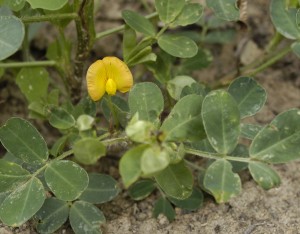
Plant peanuts one to two inches deep and about six inches apart. Next, add a thick layer of compost and a layer of mulch.
Be aware–peanuts need shallow weeding. You could damage them by digging too deeply into the ground where they are are developing. When the plant begins to flower, pegs will drop into the ground under the flower and produce peanuts. Hand-weeding is the only option after the peanut pegs.
Also, after your plants start flowering, it’s important not to let them dry out or they won’t produce as many of the mouth-watering legumes you’ve been waiting for.
Once frost is in the forecast or the plant stems begin to turn yellow, it’s time to harvest. Try not to harvest while the soil is wet, and don’t wait too long to harvest your peanuts–they’ll start sprouting in the ground if left unattended! Dig around the perimeter of where the plant’s leaves have sprawled. Lift the plant out of the ground and flip it, so that the leaves are on the ground. If rain is in the forecast, bring your plants into a shed or garage.
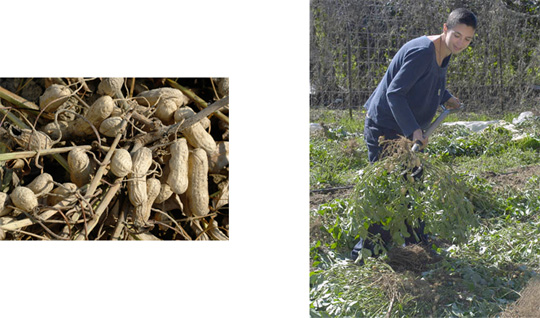
A couple days later, it will be time to pull the peanuts off the plant. Most of them will be in a clump at the center of the roots, but some will also be attached to the lower branches. A well-grown peanut plant can yield 50 -100 peanuts–more than enough for your next ball game outing! Spread the peanuts out to dry for a month where critters won’t be able to get to them, then store them in a closed container. Peanuts left in their shells can stay fresh for years.
In the kitchen…
Home-grown peanuts are fun and simple to use in your kitchen and offer some great snack options. You can roast them, grind them into a fresh peanut butter or boil the raw, green peanuts.
Roasting peanuts is easy as pie…or, shall I say, peanut brittle! Simply spreading your peanuts on a cookie sheet and bake them at 350 degrees for 20-25 minutes, stirring occasionally to make sure they roast evenly. You can add a sprinkle of salt over them if you wish. Yum!
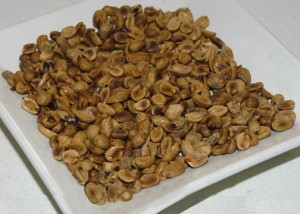
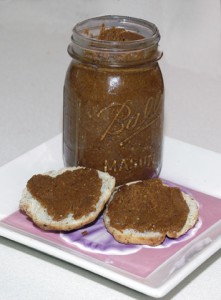
To make peanut butter, mix two cups of roasted peanuts with two teaspoons of vegetable or peanut oil. “Chop” this mixture in your food processor for three or four minutes.
Feel free to add honey to taste, or toss in some of lightly chopped peanuts for a chunky texture.
To make boiled peanuts the good ole Southern way, you’ll need one pound of freshly-dug (green) peanuts still in their shell, four cups of water, and one quarter cup of salt.
Combine the salt, water, and peanuts in a thick-bottomed pot. Bring to a boil and cover. Simmer the peanuts and saltwater for at least three hours. For added flavor, you could throw in a dash of paprika or your favorite spice blend.
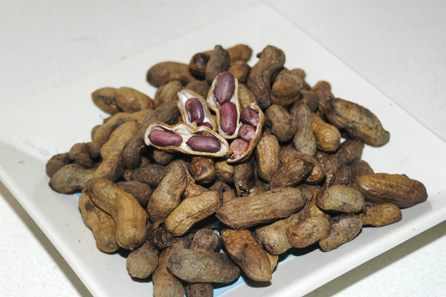
The longer the peanuts boil, the tastier they will be. Be sure to eat your boiled peanuts within a few days–they don’t last as long as roasted or raw peanuts. But you probably won’t need me to remind you to eat up. Your taste buds should do the job just fine!

